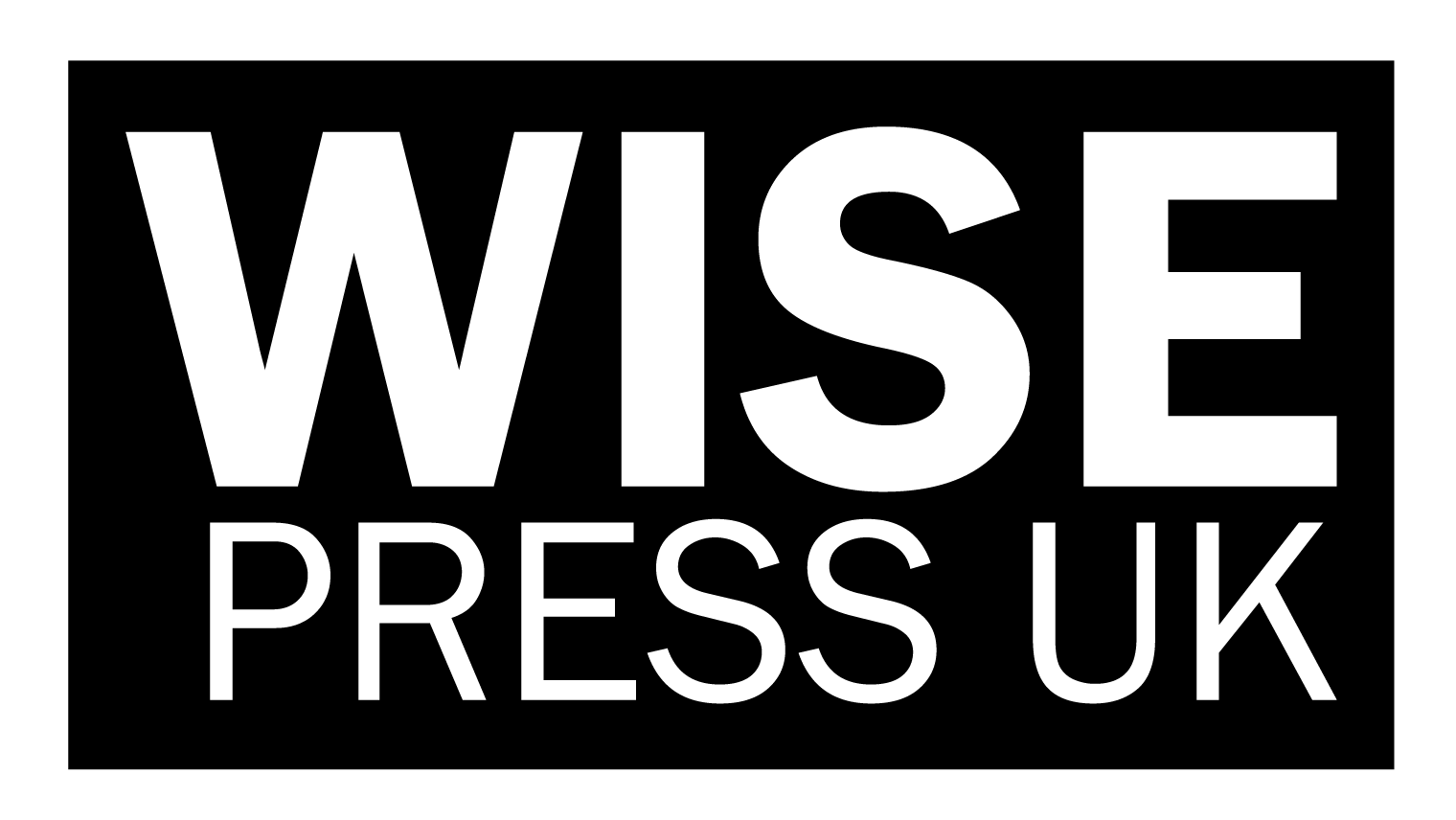An Analysis of Migration Determinants with An Emphasis on Housing Cost and Income
DOI:
https://doi.org/10.61707/ygpv9305Keywords:
Migration, Location Choice, Housing Cost, Heterogenous Individuals, AmenityAbstract
This paper investigates the determinants of migration and location choices, focusing on their magnitude and directions. Through applying empirical methods and theoretical model, this paper reveals the connection between the migration decision and individual’s economic conditions, and the regional variations of the effects of factors. It is found that individuals in the lowest (first quartile) and highest (fourth quartile) income group are more likely to move, than those in median group. Migrants are attracted to large metropolitans that can provide higher incomes, lower gender discrimination, higher education attainment benefits, and better-quality amenities, but higher housing costs deter this choice. The sensitivity to housing costs varies among cities, with migrants being more responsive to cost increases in large metropolitan areas than in smaller urban areas. A Monte Carlo simulation shows that a 10% increase in New York’s housing cost could potentially lead to a population decline by around 0.15%, while in Denver, this negative effect is insignificant.
Downloads
Published
Issue
Section
License

This work is licensed under a Creative Commons Attribution-NonCommercial-NoDerivatives 4.0 International License.
CC Attribution-NonCommercial-NoDerivatives 4.0



